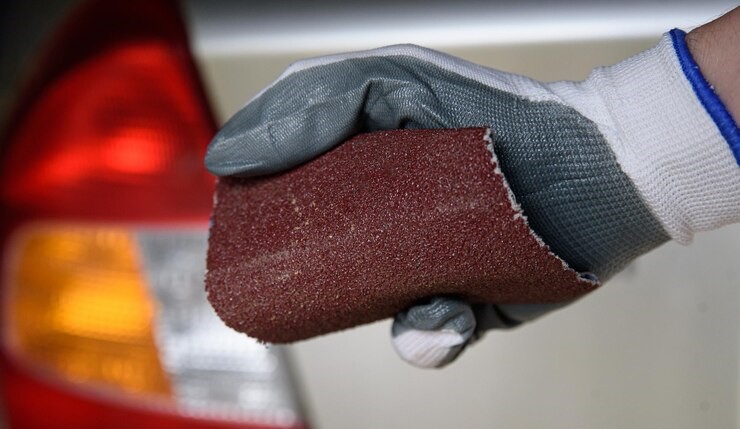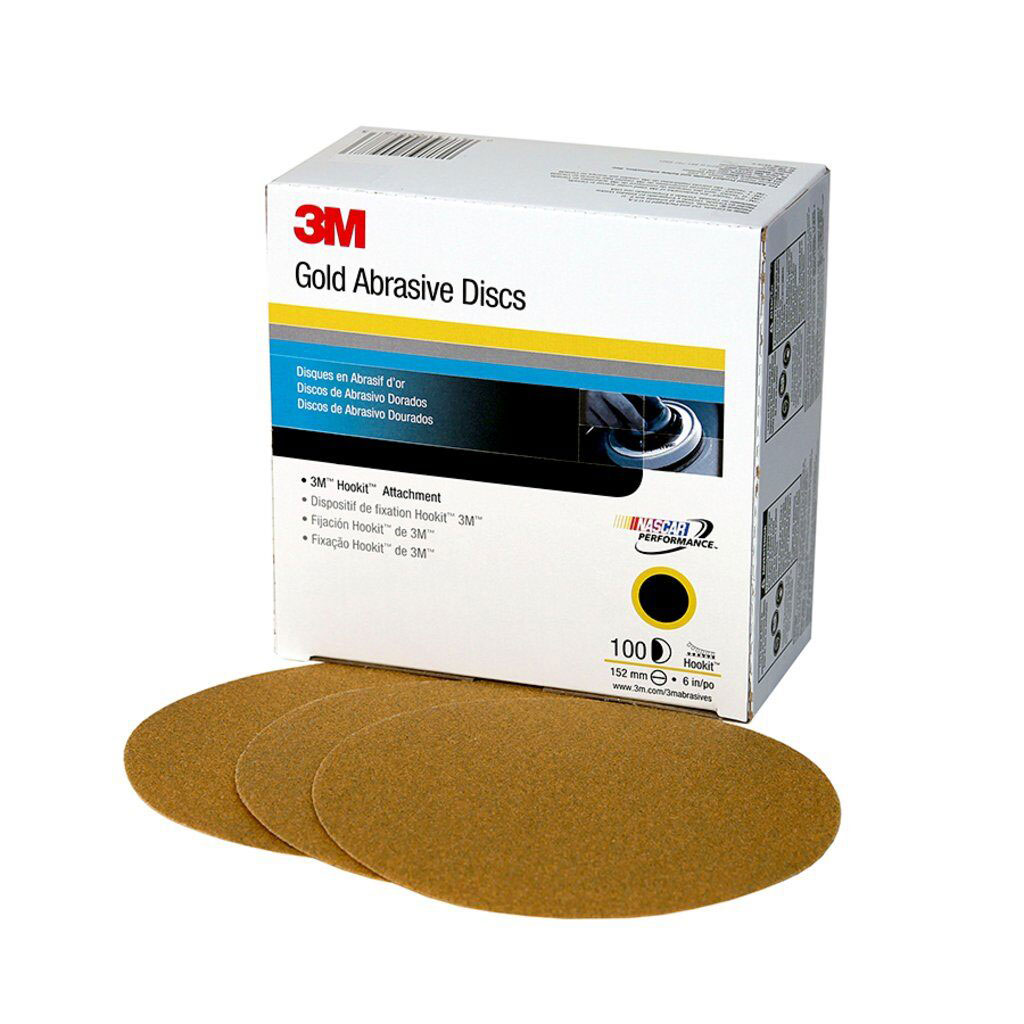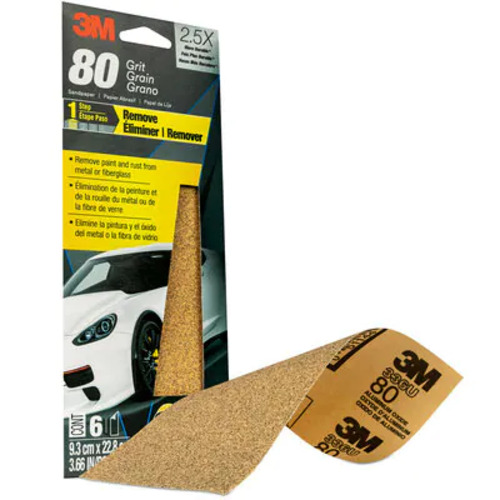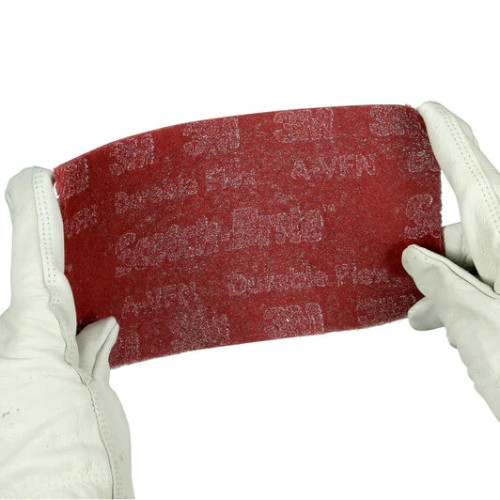Choosing the Right Auto Abrasives for Professional Results
When it comes to automotive paint and repair, selecting suitable abrasives is essential for achieving professional-quality results. This article will discuss choosing suitable auto abrasives for professional results. You will learn about the different types available from DealerShop and how to use them for the best results.
Understanding the Different Abrasives
Two main types of abrasives are available from DealerShop; sanding abrasives and cutting abrasives.
Sanding Abrasives
Sanding abrasives remove spots on a car’s surface. The different types include sandpaper, sanding sponges, and sanding discs. Sandpaper comes in different grits, and the coarser the grit, the more it can remove from the surface.
Cutting Abrasives
Cutting abrasives are used to shape the surface and remove excess material. They are commonly used for grinding, deburring, and finishing applications. Different cutting abrasives include grinding discs, cut-off wheels, and flap discs.
Selecting the Appropriate Abrasive for Your Job
Selecting the appropriate coarse of abrasives is essential for achieving professional results. Here are the factors you should consider:
- Grit
The grit of the abrasive determines how coarse it is. A lower grit is more aggressive and can remove more material, while a higher grit is less aggressive and can leave a smoother finish. The most common grits range from 40 to 600, with 40 being the coarsest and 600 being the finest. Consider the type of surface you will be working on and the degree of roughness you need to remove.
- Material
Sanding or cutting are also an essential factor to consider. Different materials have varying hardness levels, and not all coarses suit every material. For instance, wood or plastic may require a less aggressive coarse, while metal may require a more aggressive one. Make sure to select a coarse appropriate for the material you are working on.
- Application
The application area is also essential to consider when selecting a coarse. Different types of coarses are suitable for different applications. For example, a sanding disc is excellent for flat surfaces, while a sanding sponge or flap disc is better for contoured surfaces. Fine-grit sandpaper or sanding sponge may be more appropriate for delicate surfaces.
- Durability
The durability of the coarse is also a crucial factor to consider. Advance auto abrasives from DealerShopUSA last longer and come at pocket-friendly prices. Others may be cheaper but have a shorter lifespan. The durability of the coarse is essential if you will be using it on a large project or if you need it for an extended period.
- Cost
Cost is another consideration when selecting coarse. The price of coarses can vary significantly depending on the type, grit, and quality. A more expensive coarse may offer better performance but may not be necessary for every job. Consider your budget and the value of the coarse for your specific project. DealerShopUSA stocks quality materials available at affordable prices.
By considering these factors when selecting coarse, you can ensure that you choose the suitable abrasive for your auto paint supplies and abrasives . Always follow the manufacturer’s instructions when using abrasives, as incorrect use can damage surfaces and result in poor-quality work.
Consideration for Health and Safety
When using abrasives, it is important to consider health and safety. Some tips include:
- Wear protective gear, such as gloves and goggles, to protect yourself from dust and debris.
- Avoid inhaling dust particles by wearing a respirator.
- Ensure that the work area is well-ventilated.
- Avoid using abrasives near flammable materials.
Working with Different Surfaces
When working with different surfaces, it is essential to consider the following tips and considerations:
- Use a grinding disc or sanding disc to remove rust or paint from metal surfaces.
- Use a sanding sponge or fine-grit sandpaper for fiberglass or plastic surfaces to avoid damaging the surface.
- For curved or contoured surfaces, use a sanding sponge or flap disc to avoid leaving scratches.
Achieving Professional-Quality Results
Achieving professional-quality results requires more than just selecting the right coarse for your job. Here are some tips to help you achieve the best results possible:
Start with a Coarse Grit Abrasive
When sanding, start with a coarse grit and gradually work your way up to a finer grit. This helps you to remove rough spots and make the surface even. Using a coarse grit abrasive first also helps to avoid clogging the abrasive and to achieve a smooth finish. As you move to a finer grit, you will remove any scratches left behind by the previous abrasive.
Use a Backing Pad with Sanding Discs
Sanding discs can leave scratches on the surface if not used correctly. To avoid this, use a backing pad with sanding discs. The backing pad acts as a cushion and prevents the disc from leaving any scratches on the surface. It also helps to distribute the pressure evenly, ensuring a smooth finish. Ensure the backing pad is appropriate for the size and type of sanding disc you use.
Sand or Cut in a Circular Motion
When sanding or cutting, always work in a circular motion. This helps to avoid leaving any lines on the surface. You should also change the direction of your circular motion as you move to a finer grit abrasive. This helps to avoid any visible scratches or lines in the surface.
Keep Abrasives Clean
Keeping your abrasives clean is essential for achieving professional-quality results. Dust and debris can build up on the abrasive, which can cause scratches and affect performance. Use a brush to remove any dust and debris from the abrasive. You can also use compressed air to blow away any loose debris. A clean abrasive will last longer and provide better results.
Apply the Right Pressure
Applying the right amount of pressure when sanding or cutting is essential for achieving professional results. Too much pressure can cause the abrasive to dig into the surface, leaving deep scratches. Less pressure can result in an uneven finish or a lack of progress. Apply enough pressure to keep the abrasive in contact with the surface, but not so much that it digs in.
Use Proper Safety Equipment
When using abrasives, it is essential to use proper safety equipment to protect yourself. Wear goggles to protect your eyes from flying debris, gloves to protect your hands, and a respirator to avoid inhaling dust and debris. Working in a well-ventilated area can also help to minimize the risk of exposure to harmful substances.
Conclusion
Choosing suitable abrasives is essential for achieving professional-quality results in the automotive industry. When selecting abrasives, it is also important to consider health and safety, work with different surfaces, and follow essential tips for quality results. By following these tips, you can ensure that your automotive paint and repair work is top-notch. For quality auto abrasives, check out DealerShop.





Recent Comments